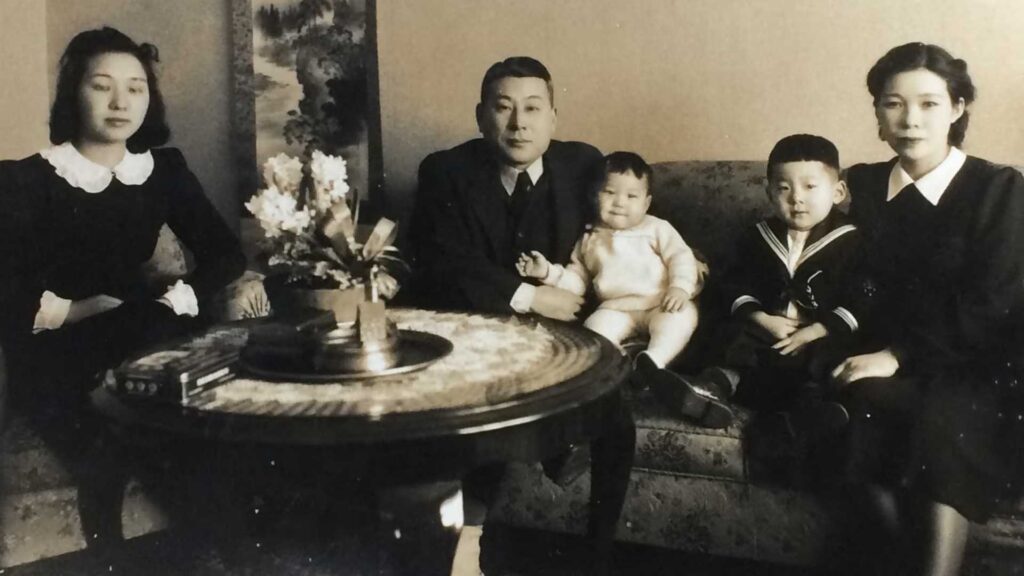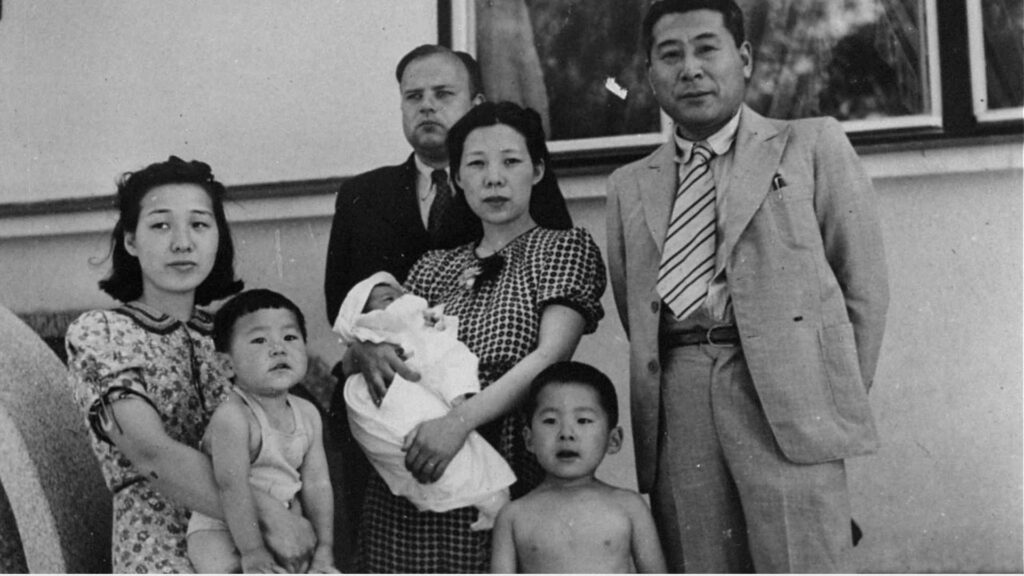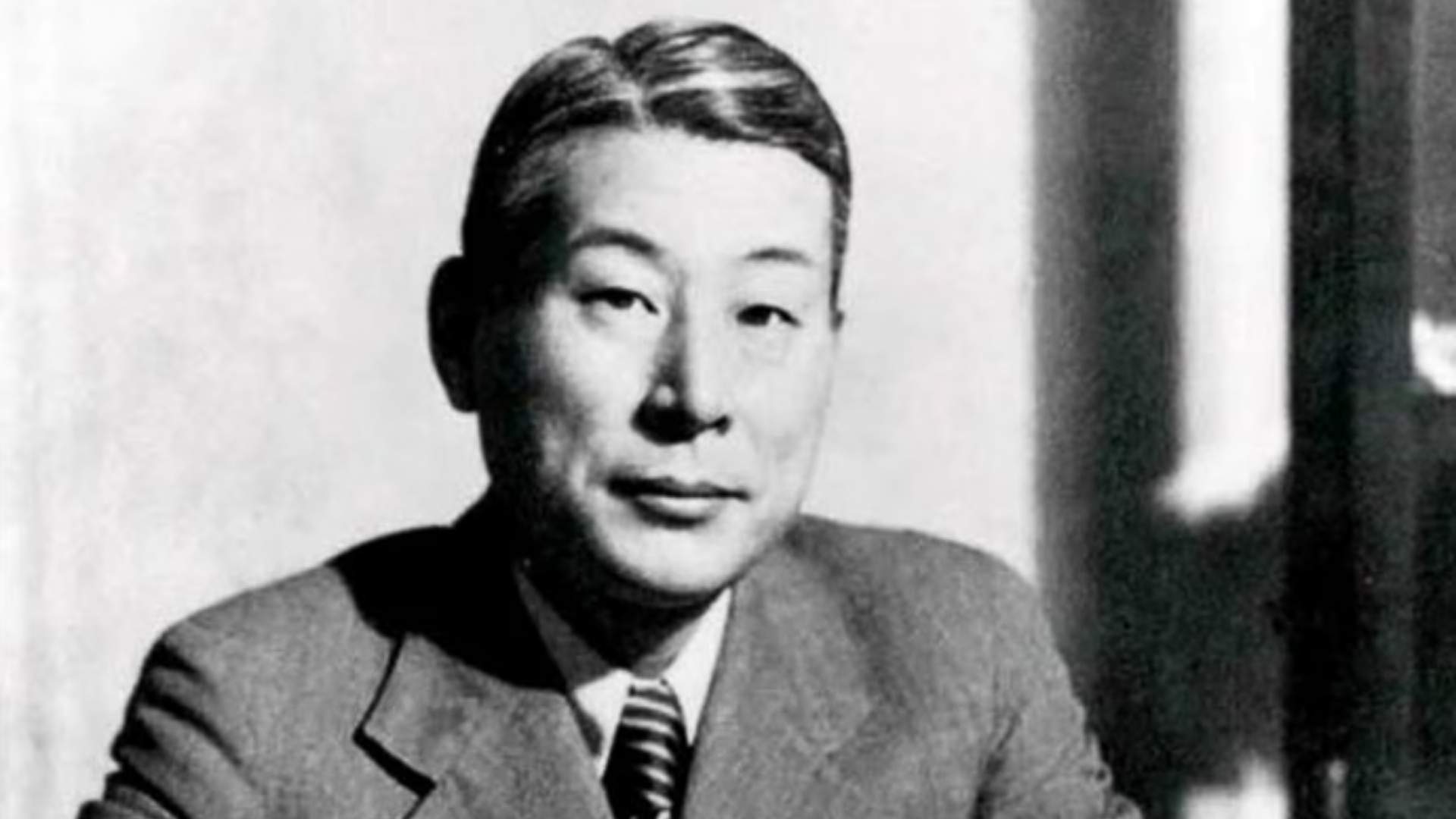Chiune Sugihara – Japan’s Schindler Who Defied Orders to Save Thousands
In one of history’s darkest periods, a Japanese diplomat stood up for humanity. Chiune Sugihara, often called Japan’s Schindler, issued transit visas against his government’s orders to help Jewish refugees escape the Holocaust. This post follows the life of Chiune Sugihara – Japan Schindler, from his early years and wartime heroism to his quiet late life and lasting legacy.
Short Summary
In the summer of 1940, as Lithuania faced Soviet occupation and Nazi advances, Japanese diplomat Chiune Sugihara made an extraordinary choice. Against direct orders from his government, he began issuing transit visas to desperate Jewish refugees seeking escape from war-torn Europe.
Working 18–20 hours daily, Sugihara hand-wrote thousands of visas, knowing each document could save entire families. Even as he was forced to leave his post, witnesses recall him continuing to sign and distribute visas through his departing train window, throwing hope to those who remained.
Through his actions, Sugihara helped save over 6,000 lives. These “Visas for Life,” as they became known, allowed refugees to travel through Soviet territory to safety. Many of those he saved went on to have children and grandchildren, with some estimates suggesting his brave act led to more than 40,000 people being alive today.
When asked years later why he did it, Sugihara simply said he followed his conscience. He was later recognized as Righteous Among the Nations by Israel’s Yad Vashem Holocaust memorial.
🧒 Early Life of Chiune Sugihara
Born on January 1, 1900, in Yaotsu, Gifu Prefecture, Japan, Chiune was one of five children in a traditional, disciplined household. A bright student, he studied English literature at Waseda University, later mastering Russian while serving in Harbin, China — essential skills that shaped his diplomatic career.

💍 Marriage and Personal Life
In Harbin, Sugihara converted to Christianity, marrying Yukiko Kikuchi in 1936. They had four sons together. Yukiko’s moral support was instrumental when Sugihara decided to take his lifesaving stand in Kaunas.

🕊️ Chiune Sugihara – Japan’s Schindler and the Holocaust
In 1939, Sugihara became Vice-Consul in Kaunas, Lithuania, as war engulfed Europe. Facing thousands of desperate Jewish refugees, he chose action over bureaucracy. Defying Tokyo’s policy, he and Yukiko wrote visas by hand for nearly a month in July 1940, often 18–20 hours a day — even from their hotel. Estimates suggest he issued over 2,000 visas, saving more than 6,000 lives — many with descendants today.
⚖️ Consequences and Later Life
In 1947, Sugihara was recalled to Japan and forced to resign in 1948. For years, he lived quietly — selling light bulbs and working low-level jobs while his heroism remained unknown in Japan until the 1960s/70s when survivors began to speak out.

ALSO READ Klaus Fuchs – The Scientist Spy Who Leaked U.S. Nuclear Secrets to the Soviets
🏅 Recognition and Awards
- Honored as Righteous Among the Nations by Yad Vashem (1985)
- Awarded Honorary Israeli Citizenship
- Received Japanese Government commendation (posthumously)
- Memorials stand in Japan, Lithuania, and Israel
He remains the only Japanese national honored at Yad Vashem for saving Jews during WWII.
🕯️ Death and Legacy
Chiune Sugihara died on July 31, 1986, in Kamakura, Japan, at the age of 86, attended by few at his funeral. Today, however, his story resonates worldwide — taught in schools, remembered in films and books, and celebrated as an example of moral courage and individual agency.
❓ FAQs About Chiune Sugihara
- Why is he called Japan’s Schindler?
Because like Oskar Schindler, he defied authority to save Jews during WWII. - How many people did he save?
Over 6,000 through his transit visas. - Was he punished?
He lost his diplomatic career and lived in obscurity until decades later. - Where can I learn more?
Visit the Chiune Sugihara Memorial in Yaotsu, Japan, or read Visas for Life. - Did his family support him?
Yes — his wife Yukiko was instrumental in his lifesaving work.








3 Comments